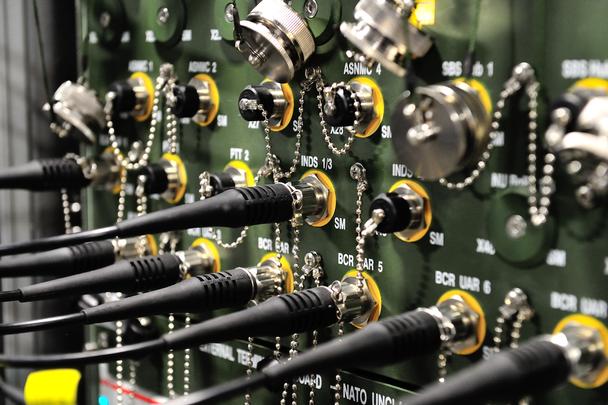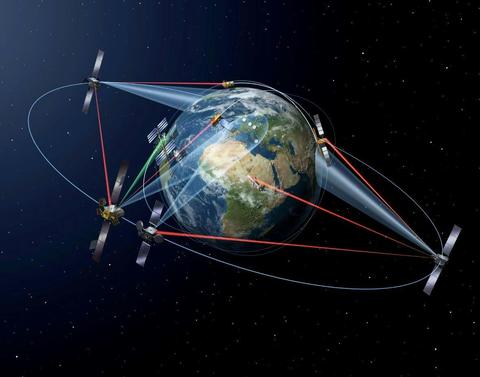IT Networks: the baseline of our connected world

An Information Technology (IT) network, is a specific type of network designed to facilitate the exchange of digital information and resources among computers, devices, and systems within an organisation or across multiple locations. They are fundamental to the functioning of modern businesses, institutions, and even households. They provide a framework for data sharing, communication, and access to shared resources. Nowadays, in a highly connected world, networks can be found anywhere (file sharing, email communication, internet browsing, application access, and more), it is essential for businesses to streamline their operations, improve productivity, and efficiently manage and utilise digital resources.
As we navigate through an era marked with rapid advances in Information Technology (IT), the reliance on diverse devices and robust infrastructures becomes increasingly crucial. Sonia Yonga, Product Manager, explains the vital role IT Network plays in shaping the way we connect and share information.
How does IT network work?
In the realm of IT networks, a diverse array of devices forms the foundation, including computers (such as desktops, laptops, and servers), smartphones, tablets, routers, switches, and printers. These devices interconnect within the network, facilitating communication and the exchange of data.
The physical infrastructure supporting an IT network encompasses cabling, switches, routers, and access points, fostering the seamless flow of data between interconnected devices. In wireless networks, communication is achieved through radio waves, while Ethernet cables are commonly utilised in wired networks.
Ensuring the security of a network is paramount. Various measures, such as firewalls, intrusion detection systems, encryption, and access controls, are implemented to safeguard data and thwart unauthorised access or potential cyber threats.
The management and maintenance of IT networks fall under the purview of network administrators. These professionals undertake tasks ranging from configuring devices to monitoring network performance, troubleshooting issues, and ensuring the overall security and reliability of the network. Their role is crucial in sustaining the effectiveness of IT infrastructures.
Diverse Types of Network
Various types of networks exist to cater the different needs, requirements and geographical scopes of communication. Here are some common type of networks:
- Local Area Network (LAN): A network confined to a relatively small geographical area, such as an office, school or home. It is the most common network.
- Wireless LAN (WLAN): a LAN which uses wireless technology to connect devices instead of physical cables
- Wide Area Network (WAN): a network that spans a large geographical area, often connecting LANs in different locations
- Personal Area Network (PAN): a network that connects devices over a short distance, typically within the range of a person (Bluetooth or Infrared)
- Metropolitan Area Network (MAN): a network that covers a larger geographical area than a LAN but smaller than a WAN (within a city)
- Virtual Private Network (VPN): a secure, encrypted connection that allows remote users access to a private network over the internet.
- Client Server Network: a network architecture where clients (such as computers or devices) request services or resources from server
- Cloud Network: resources and services hosted in the cloud are accessible via the internet.
- Content Delivery Network (CDN): a network of distributed services that delivers web content to users based on their geographic location
- Storage Area Network (SAN): a network which provides access to consolidated, block level data storage.
In the next article, you’ll learn more about Network Integration and how Airbus Virtual Node emerges as a transformative solution for integration, providing a robust framework that seamlessly integrates diverse components, enhancing overall system efficiency and adaptability.
Meet our expert
Sonia Yonga

I am Product manager overseeing secure cloud and tactical router solutions. Prior to this role, I held various engineering positions in the fields of defense, space. My career journey has been marked by a diverse range of experiences in the military aircraft, electronic warfare and aerospace sectors where I have contributed to the development and enhancement of cutting-edge technologies and products. With a background rooted in engineering across multiple domains, I bring a wealth of technical expertise and strategic insight to my current role.



